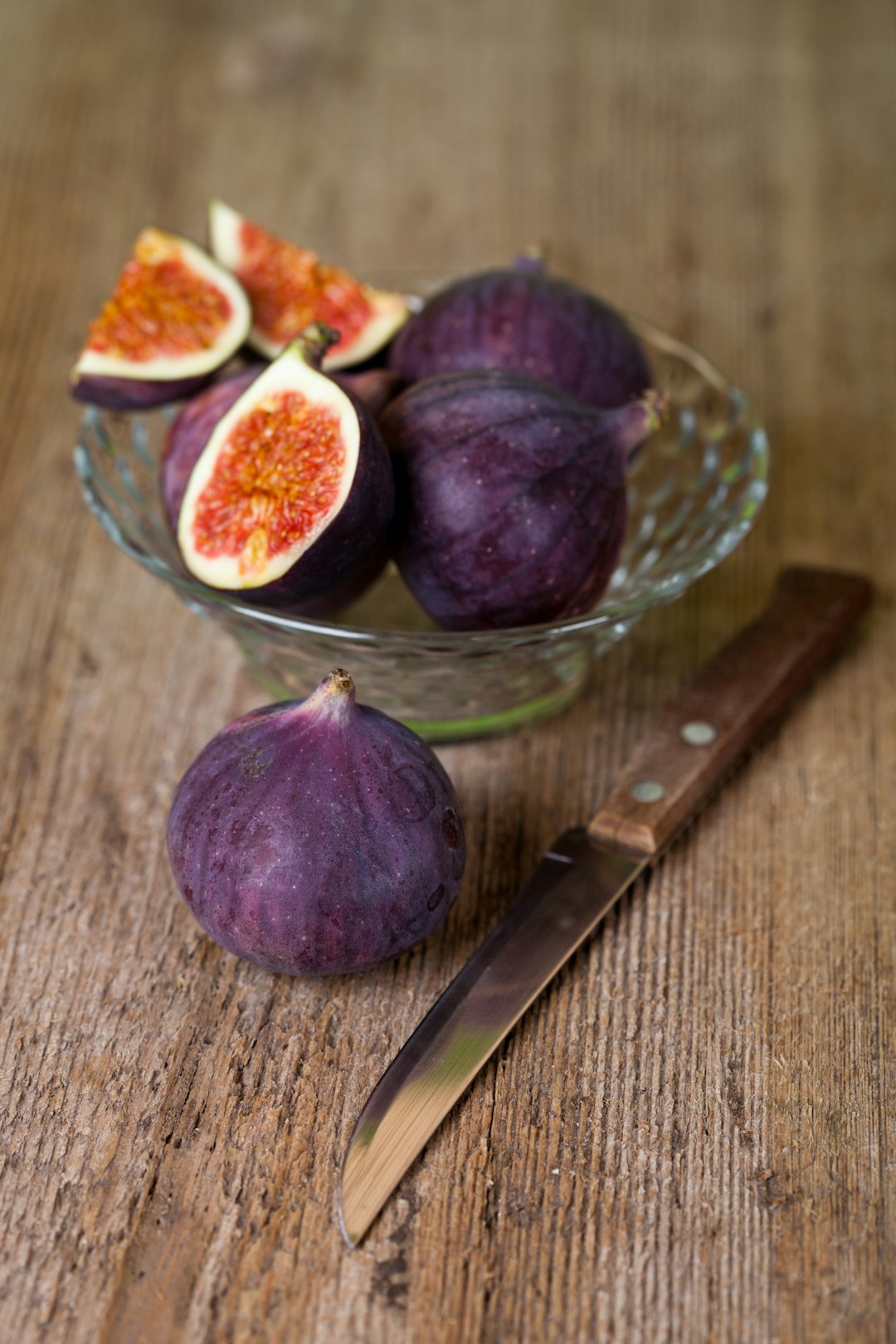The Art of Garlic Harvesting and Storage

Edible gardening is a rewarding endeavor, and growing garlic is a popular choice among gardeners. However, knowing when to harvest garlic can be a bit of a challenge. In this article, we'll explore the key signs to look for when it's time to pick your garlic bulbs and how to store them properly to ensure they last.
Garlic is a versatile and flavorful addition to many dishes, and growing your own allows you to enjoy the freshest and most delicious garlic possible. But timing is crucial when it comes to harvesting garlic. Harvesting too early can result in small, underdeveloped bulbs, while harvesting too late can cause the bulbs to split and become less flavorful.
One of the first signs that your garlic is ready to be harvested is when the leaves start to turn yellow and dry out. Typically, about half to two-thirds of the leaves should be yellow or brown. This indicates that the garlic has stopped growing and is starting to enter its dormant phase. Another important indicator is the appearance of the garlic scapes. Garlic scapes are the curly, green shoots that emerge from the top of the garlic plant. Once the scapes start to straighten out and turn brown, it's a good sign that the garlic bulbs are ready to be harvested.
When it's time to harvest your garlic, use a garden fork or shovel to gently loosen the soil around the bulbs. Be careful not to damage the bulbs as you lift them out of the ground. Shake off any excess soil and leave the bulbs in the sun for a few hours to dry. This will help to cure the garlic and improve its storage life.
After the garlic has dried, it's time to prepare it for storage. Start by trimming the roots and the tops of the bulbs. You can leave about an inch of the stem attached to the bulb. Then, brush off any remaining dirt and store the garlic in a cool, dry, and well-ventilated place. A mesh bag or a wire basket is a great option for storing garlic, as it allows for good air circulation.
It's important to note that different varieties of garlic may have slightly different harvesting times. Some varieties may be ready to harvest earlier or later than others. It's a good idea to do some research on the specific variety of garlic you're growing to get a better idea of when it should be harvested.
In addition to knowing when to harvest garlic, it's also important to know how to store it properly to ensure it lasts. Garlic should be stored in a place where the temperature is between 50°F and 60°F (10°C and 15°C) and the humidity is around 60%. Avoid storing garlic in the refrigerator, as the cold and moist environment can cause the bulbs to sprout or rot.
Another tip for storing garlic is to check it regularly for any signs of spoilage. If you notice any bulbs that are soft, moldy, or have a strange odor, remove them immediately to prevent the spread of spoilage to the other bulbs.
Garlic can also be preserved in other ways, such as by making garlic powder, garlic salt, or garlic oil. These methods can extend the shelf life of garlic and allow you to enjoy its flavor year-round. To make garlic powder, simply dehydrate the garlic cloves in a food dehydrator or an oven set to a low temperature. Once the cloves are completely dry, grind them into a fine powder using a spice grinder or a mortar and pestle. To make garlic salt, mix the garlic powder with salt in a 1:3 ratio. To make garlic oil, gently heat the garlic cloves in olive oil over low heat until they are golden brown. Strain the oil and store it in a sealed container.
In conclusion, knowing when to harvest garlic and how to store it properly is essential for a successful edible gardening experience. By following these tips, you can ensure that your garlic bulbs are harvested at the perfect time and stored in a way that allows them to last for months. So, get out there, plant some garlic, and enjoy the delicious flavors of your homegrown harvest!